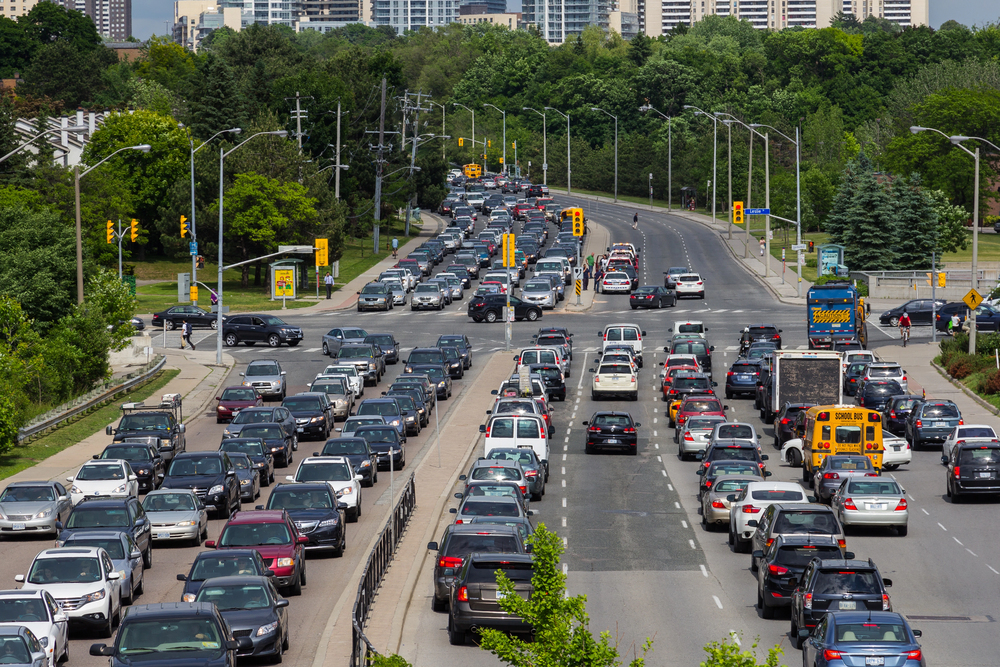More Canadians back on the road as commuting rises
Share
Share

Canadians are spending more time on the move as the number of commuters continues to climb for the fourth year in a row, according to new data from Statistics Canada.
In May 2025, 82.6 per cent of employed people worked most of their hours outside the home, up from 81.3 per cent a year earlier. That’s a jump from the pandemic-era low of 75.7 per cent in 2021, when public health measures kept many workers at home.
The shift means fewer people are working remotely. The share of employees mostly working from home dropped to 17.4 per cent in May 2025, down from 18.7 per cent the previous year.
Those numbers should rise in the coming months as more employers issue return-to-office mandates. The City of Ottawa will have its employees back in the office five days a week starting in the new year. Ontario Premier Doug Ford says all public servants, from federal to municipal, should be in the office full-time
The impact of more people commuting, and thus using their vehicles, has an impact on the automotive aftermarket. Jobber News columnist Kumar Saha looked at the impact increased commuters have on the aftermarket late last year. At AAPEX last fall, Nathan Shipley, executive director and industry analyst with Circana’s automotive aftermarket practice, noted how returning to the office would once again change consumer behaviour.
While more Canadians are commuting, how they get to work is slowly changing. Cars remain the dominant choice, but their grip is loosening. Four in five commuters (81 per cent) travelled by car, truck or van in May 2025, down from 81.5 per cent a year earlier and well below the 84.2 per cent peak in 2022. Of those, 75.1 per cent were drivers and 5.8 per cent were passengers.
Public transit use is inching up, reaching 11.9 per cent of commuters in May 2025, a 0.5-point increase from last year. Active transportation, such as walking or cycling, accounted for 6.2 per cent of commutes. Together, these sustainable options made up 18.2 per cent of trips, still shy of the 19.4 per cent seen before the pandemic.
Among major cities, Windsor and Winnipeg had the highest share of commuters, while Ottawa–Gatineau saw the biggest jump, rising 9.5 points to 76 per cent. Toronto and Ottawa–Gatineau had the lowest overall commuter rates at just over 76 per cent, reflecting higher rates of hybrid and remote work.
Car dependence also varies widely. Windsor topped the list at 93.2 per cent, followed by St. Catharines–Niagara at 91.9 per cent. Toronto, Montréal and Vancouver were the least car-reliant, with about 70 per cent of commuters driving. These three cities also led the way in sustainable commuting, with nearly 30 per cent of workers using public transit or active transportation. Victoria stood out for walking and cycling, with 15 per cent of commuters choosing those options.
Commute times have largely returned to pre-pandemic levels. The national average was 26.7 minutes in May 2025, with Toronto leading the pack at nearly 35 minutes. Public transit riders faced the longest trips, averaging 44.1 minutes, compared with 24.7 minutes for drivers and 15 minutes for those walking or cycling.
Image credit: Depositphotos.com
Leave a Reply